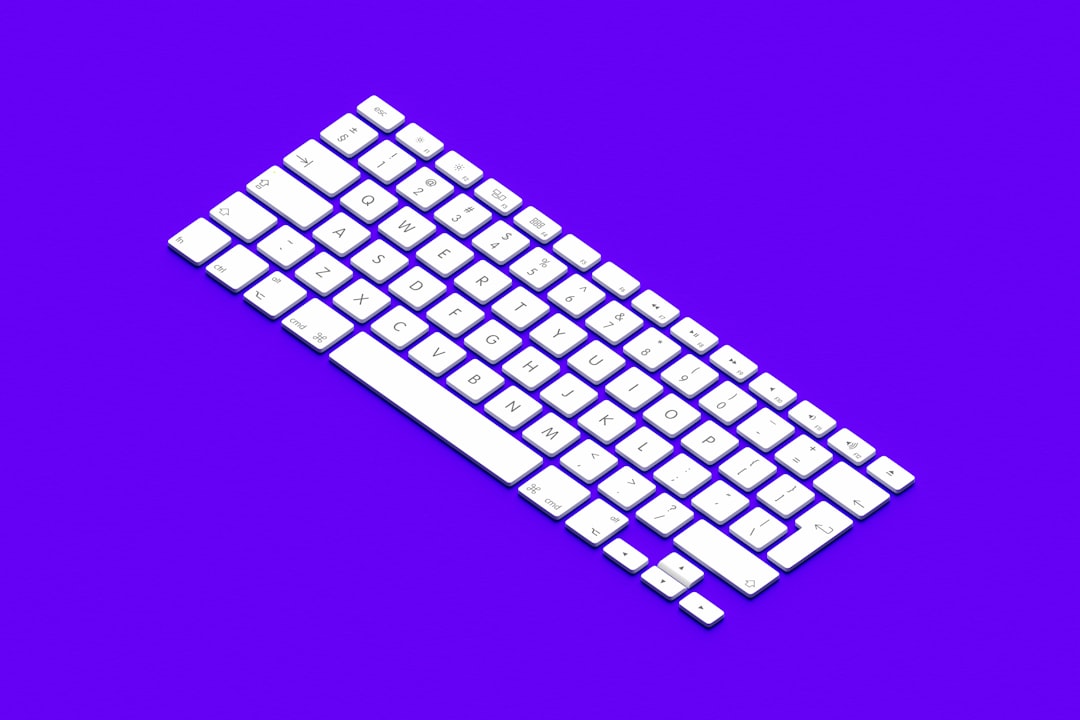When users land on your pricing page, they are already expressing interest in your product or service. This digital space plays a critical role in turning curiosity into conversion. It’s not just about listing numbers; thoughtful User Experience (UX) design can significantly impact how users perceive value, make purchasing decisions, and commit to your offering. In this article, we’ll explore key UX strategies for pricing pages, focusing on the nuanced use of anchors, toggles, and free trials as persuasive design mechanics that guide customers toward action.
UX Anchoring: Establishing Perceived Value
Anchoring is a cognitive bias where people rely heavily on the first piece of information they see—the “anchor”—when making decisions. Used strategically, anchoring on pricing pages can guide customers towards your desired option by shaping their perception of value.
How It Works
Often, pricing pages begin with a high-tier product or service price. This makes lower-tier plans seem more affordable by contrast. For example, a software company may list their “Enterprise” package first at $499/month. When users then see the “Professional” plan at $149/month, it appears relatively cheap—even though it may still be a sizable investment.
Key tactics for effective anchoring include:
- Positioning: Place the highest-value plan on the left or top of the grid. Initial visual exposure helps establish the reference price.
- Highlighting: Use design treatments such as badges (“Most Popular”) or contrast colors to make the mid-tier plan (often your target) more appealing.
- Tier comparisons: List features in a side-by-side table. Let users see what they might miss by going with a lower-tier plan.

Anchoring taps into intuitive user psychology. However, it must be handled ethically. Inflating numbers or misleading through anchor placement can damage trust and reduce long-term retention.
Dynamic Pricing Toggles: Convenient Context Shifting
Another proven UX enhancement for pricing pages is the use of toggles. Toggles allow users to flip between pricing options, such as monthly vs. annual billing or individual vs. team plans. The ability to seamlessly switch views enhances usability and clarity while giving visitors the power to self-direct their research.
Best Practices for Toggles
You can implement toggle mechanisms in several ways, but a few design guidelines apply almost universally:
- Maintain visibility: Toggles should sit above or next to pricing tables, not hidden within dropdown menus.
- Use clear labels: “Monthly / Yearly” is better than “Option A / Option B.” Add helper text such as “Save 20% annually” to provide context.
- Animate smoothly: Changes to pricing and features should transition gracefully to prevent confusion or visual disruption.
Users may arrive with different needs. A startup founder exploring annual budget allocations versus a freelancer checking for short-term use require varied views. By allowing quick mental recalibrations through toggles, your UX supports a broader audience without overwhelming the interface.

The Impact of Free Trials: Reducing Friction and Risk
The promise of a free trial can be a potent conversion tool. It provides users a risk-free opportunity to explore your product before committing financially. For trial offers to deliver real results, however, their UX implementation must be seamless and intuitive.
Why Free Trials Work
From a psychological perspective, the offer of a free trial taps into two powerful motivators:
- Loss Aversion: Once users start using your product, the idea of losing access may prompt them to upgrade.
- Commitment Principle: People tend to stay consistent with their previous behavior. If they’ve already started using your product, completing the sign-up funnel becomes the next logical step.
UX Guidelines for Free Trials
While offering free trials is common, poor UX execution can easily sabotage this tactic. Consider the following principles:
- Simplify onboarding: Limit the number of fields in the sign-up form. Ask for as little upfront as possible to reduce user hesitancy.
- Communicate time limits: Be transparent about duration (e.g., “14-day free trial”) and what happens after (e.g., auto-conversion, email reminders).
- Show progress: During the trial, display a clear indicator of how many days are left. This keeps urgency and attention high.
- Offer value fast: Design your product lesson flow so that users encounter an “aha!” moment within the first 10 minutes of interaction.
The Question of Credit Cards
Should you require a credit card for trial signup? This UX decision is controversial. Not requiring one lowers friction and builds good will, but requiring a card can improve post-trial conversion rates. If you do request billing information, explain clearly that users will not be charged during the trial and send reminders near expiration.
Combining Strategies: A Compounding UX Advantage
The techniques of anchoring, toggles, and trials are not standalone. When used together with thoughtful design and testing, they form a comprehensive UX strategy for pricing pages that maximizes conversions while sustaining user trust.
Example Flow
Consider a SaaS pricing page with three tiers: Starter, Pro, and Enterprise.
- The Pro tier sits in the center, highlighted as “Most Popular”—this is your anchor.
- At the top, a toggle lets the user switch between monthly and yearly rates, showing savings when switching to annual billing—this adjustment builds affordability and control.
- A banner offers a 14-day free trial with no credit card required. Clicking “Start Trial” brings the user into a short onboarding form with no more than three fields.
This unified experience can deliver psychological comfort, transparent value, and easy entry points—key ingredients for conversion success.
Common Mistakes to Avoid
UX design for pricing pages is often underappreciated, leading to avoidable errors that hinder conversion.
- Hiding information: Forcing users to click or hover to see prices leads to distrust. Be open and transparent.
- Complex toggles: Overloading the toggle with more than two options or unclear labels risks confusion.
- Inconsistent UI: If your trial sign-up experience feels disconnected from the brand or other flows, it may cause friction.
- Ignoring mobile users: Ensure that pricing tables, toggles, and signup experiences are optimized for small screens.

Final Thoughts
Pricing pages are more than lists of plans—they are strategic touchpoints where business goals and user needs converge. By understanding psychological principles like anchoring, giving users control through toggles, and removing financial risk via free trials, you can greatly enhance the effectiveness of your pricing UX.
The optimal pricing page is simple, transparent, and user-focused. It respects the user’s need for quick understanding, builds trust, and removes obstacles to action. Whether you’re a small startup or an established enterprise, investing in great UX at this critical juncture of user interaction can pay measurable dividends in acquisition and retention.
In an increasingly competitive digital marketplace, pricing design isn’t just a nice-to-have. It’s a crucial piece of your product experience—and it deserves the same attention, iteration, and refinement as the rest of your site.

